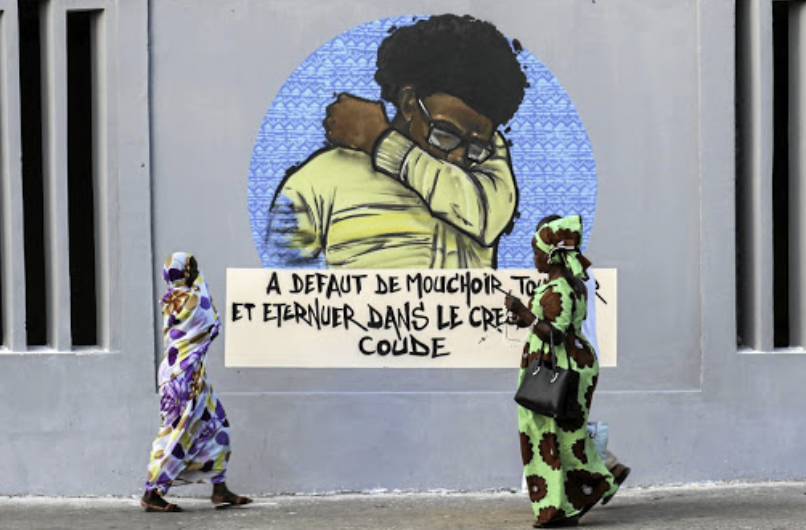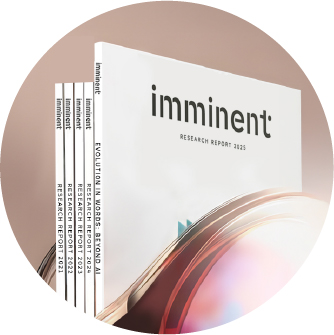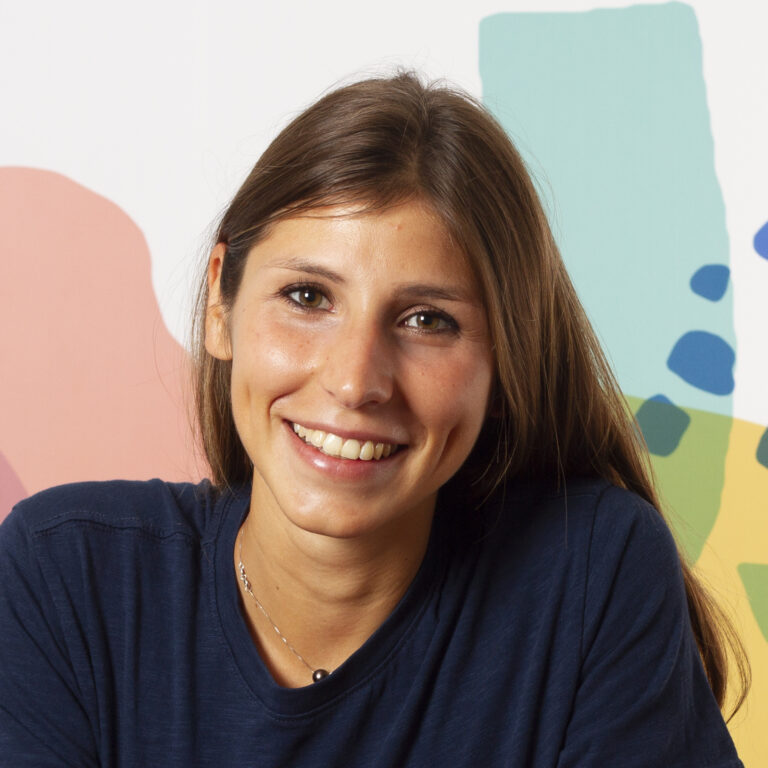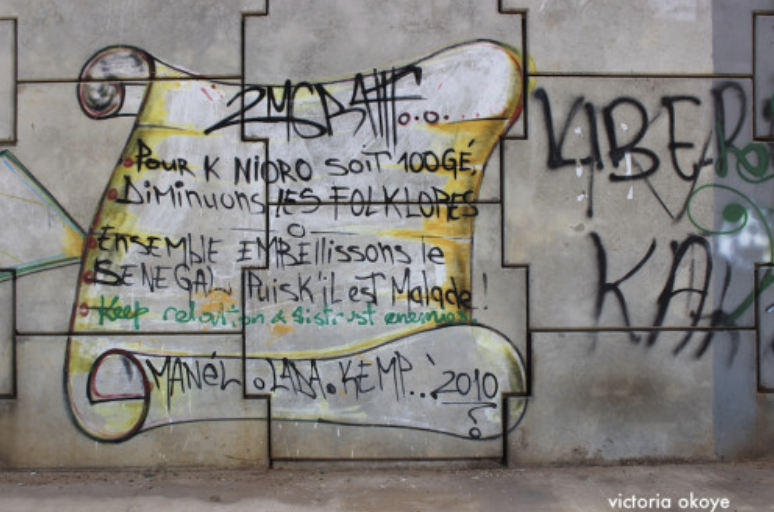Language

Legend
-
Wolof
-
Uninhabited
French is the official language but is understood by about 15–20% of all males and about 1–2% of all women. While French may be the language of political and economic power in Senegal, Wolof, spoken by about 80% of the population, is the language of social power and community.
While written French conveys a more official business format, Wolof provides more customer appeal, especially through more localized slogans. Secondly, a Wolof-French hybridization has not occurred as is often found in actual spoken Wolof in Dakar. Urban Wolof places extensive amounts of French vocabulary into Wolof grammatical structures, while print advertising, conversely, keeps Wolof and French separated. Senegal is also exceptional in that Wolof speakers often do not learn other national languages, but speakers of other national languages (generally from ethnicities other than Wolof), feel compelled to learn Wolof.
Wolof and Urban Wolof
Pronunciation of
| French | Wolof | English |
| accuser | akise | accuse |
| perdu | reer | lost |
| cher | seer | expensive |
| garage | garaas | garage |
| grave | garaw | serious, grave |
| dehors | Ci biti | outside |
| pont | poη | bridge |
Many French people living in Dakar in general, see the need to learn Wolof, as it is the “langue du milieu”. However, there is a reciprocal (albeit not necessarily equal) need for native Wolof speakers to learn French to use in commerce, academia, or as a common denominator with the few Senegalese people who do not speak Wolof. However, this duality in Dakar has created a complex linguistic atmosphere and gave rise to the emergence of what has been dubbed by many scholars, “Urban Wolof”. Urban Wolof (UW) has three defining characteristics. First, it is a mixture of Wolof, French and occasionally other languages. Second, it is unmarked (in other words, unexpected). Third, it is used primarily in informal situations.
Examples of texts found in Wolof are located along the Route del’Aéroport, Dakar Autoroute, and signs positioned at University Cheikh Anta Diop and include the following:
| Advertiser | Location | Slogan | Translations (English/French) |
| Orange | Route de l’Aéroport | Yonnée xaalis ñépp/fépp | Send everyone/anyone money! Envoyez tout le monde/n’importe qui de l’argent! |
| Nestle Gloria | Route de l’Aéroport | Kooru Jam ak Amoul Morom, Bene Lafi | It is the best! C’est le meilleur Bon Ramadan |
| Orange | Autoroute YoF-UCAD | Bonus Bou Bari Ak Rak Tak | A too big bonus on Rak Tak Un benefit trop bonus sur Rak Tak |
| Senegalese Legislative Elections 2017/ Benno bokk yakaar | UCAD | Benno Liguéey nguir Senégal | Working together for Senegal Ensemble, travaillons pour un Sénégal meilleur! |
| Maggi | Near UCAD | Togg Bou Neekh Té Sell Nguir Gneup Begg | A suit and clean cooking for everyone Un très bon et très propre repas pour tout le monde |
| Bisko Truck | Route de l’Aéroport | Lou Nééx dou doy | Good thing is never enough Vous n’aurez jamais assez de quelque chose de bon |
| Kadi | African Renaissance Monument | Ndogou Bou Néékh Saf sell te woor | A good, tasty and clean food for breaking fast De la bonne nourriture, propre et sûre pour couper votre jeûn |
| Orange | Dakar Central City | Moy sunu kalpé mon rek la ! | It is our one and only wallet! C’est notre seul et unique portefeuille ! |
Orange, a French phone company, has a problematic relationship with the Senegalese people due to being viewed as overpriced, even after local boycotts and protests. Since its market share is firmly established in Senegal, it continues to dominate, making it difficult for users to opt out of using its services. For a foreign European company like Orange, the usage of Wolof provides an important counterpoint in its attempt at fostering relations with the Senegalese. In an attempt to counter its image as an intruder, it portrays itself as localized and Senegalese, part of the socioeconomic fabric, communicating in the local language of Wolof instead of only French.
Financial and educational organizations almost never use Wolof. However, food, and consumer goods companies utilize Wolof more prevalently. Hypothetically, this might be a way of reassuring customers and selectively coding relationships with them. For example, for a food firm like Maggi or an electronics company like Orange to communicate in Wolof conveys a message of an understanding of the problems of everyday people, however, for a banking firm or educational establishment to do so would evoke provincialism and lack of world connections. This applies not only in official information matters: it stretches as far as simple mottos or slogans.
WHY GRAFFITI – a grassroots form of art- ARE IN FRENCH AND NOT IN WOLOF

Street graffiti is by its very nature something which is not backed by the power of the state, and, conversely, most often repressed (the occasional examples of state support for murals excepted). This makes it a form of popular expression, one which represents people whose capability to publicly express themselves in writing is otherwise limited. One would assume, therefore, that in Senegal, where French dominates in public text, Wolof would represent the dominating medium in graffiti, while French, the official high language, would be eFaced. Conversely, both Wolof and French continue to exist, with French claiming a dominant share.
Graffiti demonstrates that the French language is more than simply a high language in Dakar, but rather one which has attained a widespread usage among the population and which finds legitimacy in such a usage. A dead language, or one perceived as alien, is not one which would be written by the youth of a population. Although spoken French is not part of the vernacular in Senegal, its written dimension carries strong popular appeal, or at least it has been ingrained and systematically sustained to encourage its usage. Using French might give graffiti writers a higher form of legitimacy and prestige, as well as a larger audience through higher literacy in French in Dakar.
For the minor street writers, using French confers a credibility to their message that would fail in Wolof. In Dakar itself, there seemed to be a greater distribution of Wolof graffiti in certain districts, such as near the Zoo d’Hann, although, unfortunately, there was little time to conduct a detailed observation there. This region includes aspects with higher economic status than Yoff, and it might again be evidence for an irony in Senegal of the poor and marginalised using French in public writing to attempt to gain greater legitimacy in the eyes of the elite, while the wealthy use Wolof in public writing to claim their authenticity.

Imminent Research Reports
A journey through localization, technology, language, and research.
An essential resource for leaders and a powerful tool for gaining deeper knowledge and understanding of the multicultural world we live in.
Get your copy nowThe countryside has less graffiti than the city, displaying a lower level of literacy in the countryside, and less use of the medium due to lower population densities and opportunities for message engagement. Also Saint Louis seems to have a higher level of Wolof graffiti, in contrast to Dakar. An assumption which might apply is that education in Dakar, which has a higher literacy rate (61.9%) than in the rest of the country, has created a French literate writing population, while outside of Dakar, writing in Wolof has fulfilled this need: much of the Senegalese population continues to be illiterate, but NGOs such as ENDA Graf Sahel have recognized that increasingly large populations are literate only in the national languages of Senegal.
Untranslatable words in Wolof
These were cultural concepts that had no direct translations, like gej, which means to stay somewhere for a long time, or laax, which is a common Senegalese meal consisting of millet and a sweet milk and yogurt mixture. With the exception of technological words, such as radio, there is little or nothing that French can describe that Wolof is unable to express. However, many people choose to use certain French words, even in the middle of a Wolof sentence, because of ease of pronunciation. Words like après vs. gannaaw, merci vs. jërejëf, or école vs. dara are often expressed in French, rather than in their Wolof counterparts.
On the origins of urban Wolof : Evidence from Louis Descemet’s 1864 phrase book
In Dakar, a Graffiti Festival Connects Artists, Cultures, and Ideas

Emma Gamba
Senior Program Manager at Translated
Emma is responsible for the strategy and management of the Social Impact department, focusing her activity on external relations and brand positioning both nationally and internationally. Her passion for writing, reading, and culture in all its forms led her to contribute to the creation of Imminent, Translated’s research center — where culture, language, and innovation meet. She manages the center’s digital presence — including website, social media, and newsletters— with the goal of making complex research accessible and engaging to diverse audiences.
Photo credits: Toa Heftiba, Unsplash / Alaattin Dogru, Anadolu agency / Victoria Okoye, photographer

